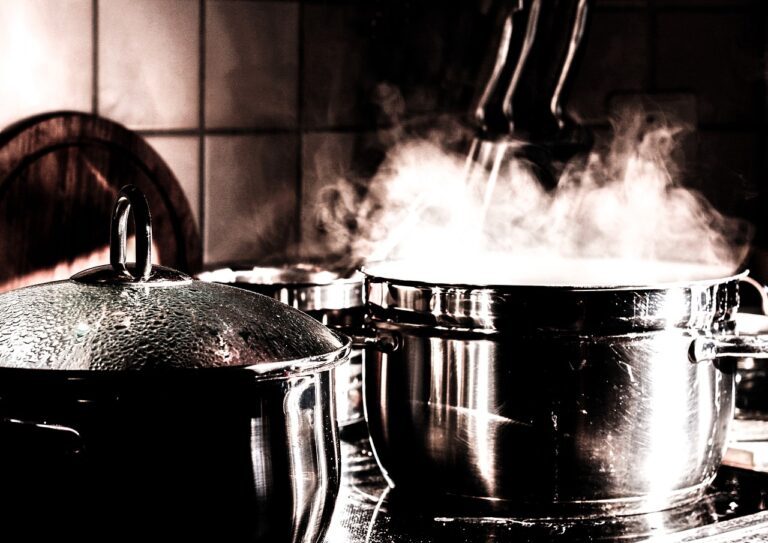Food Safety: A Comprehensive Guide to Protecting Your Health
Foodborne illnesses affect millions worldwide, highlighting the importance of food safety. By adhering to proper food handling, storage, and preparation practices, you can significantly reduce your risk of contracting these ailments.
Foodborne Illnesses
Foodborne illnesses are caused by consuming contaminated food or beverages. Symptoms can range from mild to severe and may include:
- Bacterial infections: Caused by bacteria such as Salmonella, E. coli, and Campylobacter
- Viral infections: Caused by viruses like norovirus and hepatitis A
- Parasitic infections: Caused by parasites such as tapeworms and roundworms
- Chemical hazards: Contaminants such as pesticides, heavy metals, and toxins
Ways to Prevent Foodborne Illnesses
Adhering to the following guidelines can help minimize your risk of foodborne illnesses:
- Wash your hands frequently, especially before handling food.
- Clean and sanitize surfaces that come into contact with food.
- Cook food to the proper temperature to kill harmful bacteria.
- Store food at appropriate temperatures to prevent spoilage.
Food Handling
Proper Handwashing
- Effective handwashing involves: Wetting hands, applying soap, scrubbing for at least 20 seconds, rinsing thoroughly, and drying hands with a clean towel.
- Handwashing should occur: Before handling food, before eating, after using the restroom, and after changing a diaper.
Cross-Contamination
Cross-contamination occurs when harmful bacteria spread from one food or surface to another. To prevent this:
- Separate raw meat, poultry, and seafood from other foods during storage and preparation.
- Use separate cutting boards for different types of food.
- Do not reuse marinades used for raw meat.
Food Storage
Refrigeration and Freezing
- Refrigerate perishable foods at 40°F or below and freeze them at 0°F.
- Proper storage times: Refrigerated foods usually have a shelf life of 1-2 days, while frozen foods can be stored for months.
Thawing
- Safe thawing methods include: Thawing in the refrigerator, under cold running water, or in the microwave.
- Avoid thawing food at room temperature, as this can promote bacterial growth.
Food Preparation
Cooking
- Cooking temperatures: Use a food thermometer to ensure proper internal temperatures to kill bacteria.
– Poultry: 165°F (74°C)
– Ground meat: 160°F (71°C)
– Seafood: 145°F (63°C)
- Marinades: Marinate foods in the refrigerator and discard marinade after use.
Reheating
- Reheat leftovers to an internal temperature of 165°F (74°C).
- Do not reheat food multiple times.
Conclusion
Food safety is paramount for protecting your health. By implementing the practices outlined in this guide, you can significantly reduce your risk of contracting foodborne illnesses. Remember to wash your hands frequently, prevent cross-contamination, store food properly, prepare food at appropriate temperatures, and reheat leftovers thoroughly. By following these guidelines, you can enjoy safe and nutritious meals with peace of mind.
























